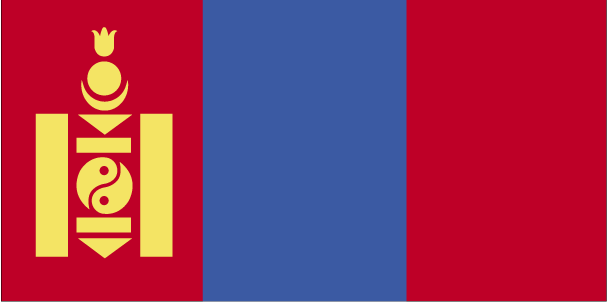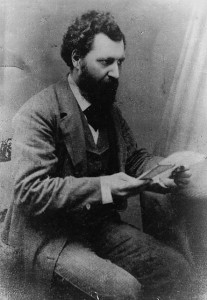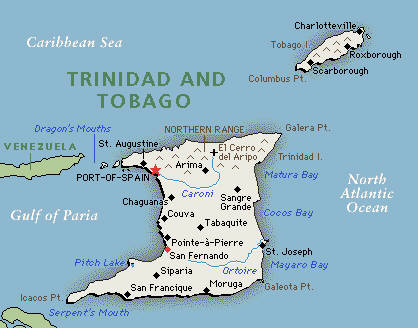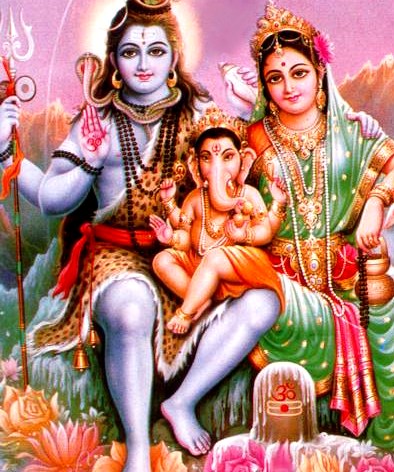February 21
Language is the soul of a nation… Do you want to make a people disappear? Destroy its language.
Jules-Paul Tardivel, L’anglicisme, voila l’ennemi, 1880

Today is International Mother Language Day.
For some reason the excitement surrounding this occasion is not quite as intense as other more important holidays, such as Talk Like a Pirate Day. This may be because our national linguistic experience differs from most countries. As one joke goes:
What do you call someone who speaks two languages?
Bilingual.
What do you call someone who speaks three languages?
Trilingual.
What do you call someone who speaks one language?
American.
Even our neighbors to the north have had a very different outlook on language. In Canada there are laws monitoring the use of the French and English languages, down to the size of words on cereal boxes.
Conflicts between dueling languages (like the Quebecois woman who complained to a pet store owner that her parrot didn’t speak French) are not always trite. As Quebec’s Jean-Charles Harvey wrote:
In the middle of an ocean of English-speaking men and women, the only chance of survival for the French is if it becomes synonymous with audacity, culture, civilization and freedom.
Jean-Charles Harvey, La peur, 1945
The origin of International Mother Tongue Day lies in the aftermath of the bloody partition of India and Pakistan in 1947. The nation now known as Bangladesh was East Pakistan after the partition. Even though over half of Pakistan’s 69 million inhabitants lived in East Pakistan, the country was largely ruled from West Pakistan’s central government. In 1948 the central government declared Urdu as the nation’s only official language. This meant Bengali, the native language of over 90% of the people of East Pakistan (and thus one of the most spoken languages in the world) could not be taught in school or used in government affairs. The change also threatened to make the majority of educated people of East Pakistan essentially ‘illiterate’ and unable to participate in government or hold national posts.
This understandably outraged the East Pakistanis, and a Bengali Language Movement formed. Pakistani Governor-General Muhammed Ali Jinnah proclaimed that the Bengali language movement was a “fifth column” movement attempting to sabotage true Pakistani unity.
In February Dhaka University planned mass protest demonstrations, but the central government imposed a ban on all public assemblies in the city of Dhaka. On February 21 students held the protest anyway.

Police attacked the students with batons. Students fought back, throwing bricks at the police, who responded with tear gas and gunfire. Several students were killed. The outcry over the police attacks led to more demonstrations and violence over the following days. On February 22 police attacked a mourning rally, presumably for violating the ban on assemblies.
The government-censored news reports purported that the demonstrations were instigated by communists and Hindu foreign influences. After two more years of protest Pakistan passed a resolution accepting Bengali as a national language of Pakistan along with Urdu, and the anniversary of the first martyrs was adopted by UNESCO as International Mother Language Day in 1999.
The story of Bengali has been repeated, and preceded, by countless stories of language repression
In the twentieth century Spanish dictator Franco banned the Basque language—one of the oldest languages in the world—for thirty years, nearly destroying it. (Basque has no known linguistic relations, and as such is one of the four language families in Europe: the others being Indo-European, Uralic, and Turkic.)

new-art.blogspot.com/2005/11/post-guernica-now.html
Of the over 6,000 recorded languages in the world today, less than 300 are spoken by populations of 1 million or more. Much like how McDonald’s and Barnes & Noble have driven out local restaurants and book stores, so the larger languages are replacing indigenous ones. According to the U.N. thousands of languages are in danger of extinction.
South America had an estimated 1,500 languages before European contact. Today it has 350. Strangemaps displays a map of the world (from Limits of Language by M. Parkvall) distorting the size of nations and continents by their linguistic diversity:
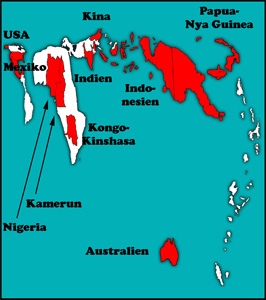
The lingual giant Papua New Guinea boasts some 850 languages. Countries in red speak over 200 languages.
The U.S. gets a bad rap for how few languages we speak, but as you can see, as a whole its inhabitants speak nearly as many as the entire European continent.<
Yesterday I drove through a stretch of Westminster, California that, I kid you not, was entirely in Vietnamese.
The most popular* languages in the world are:
- Mandarin Chinese
- Hindi
- English
- Spanish
- Arabic
- Russian
- Portuguese
and the one that started today’s holiday: Bengali.
(*popular as in how many people speak them, not as in votes on Americal Idol)
Today’s language question: Name three words in English that end in “gry”
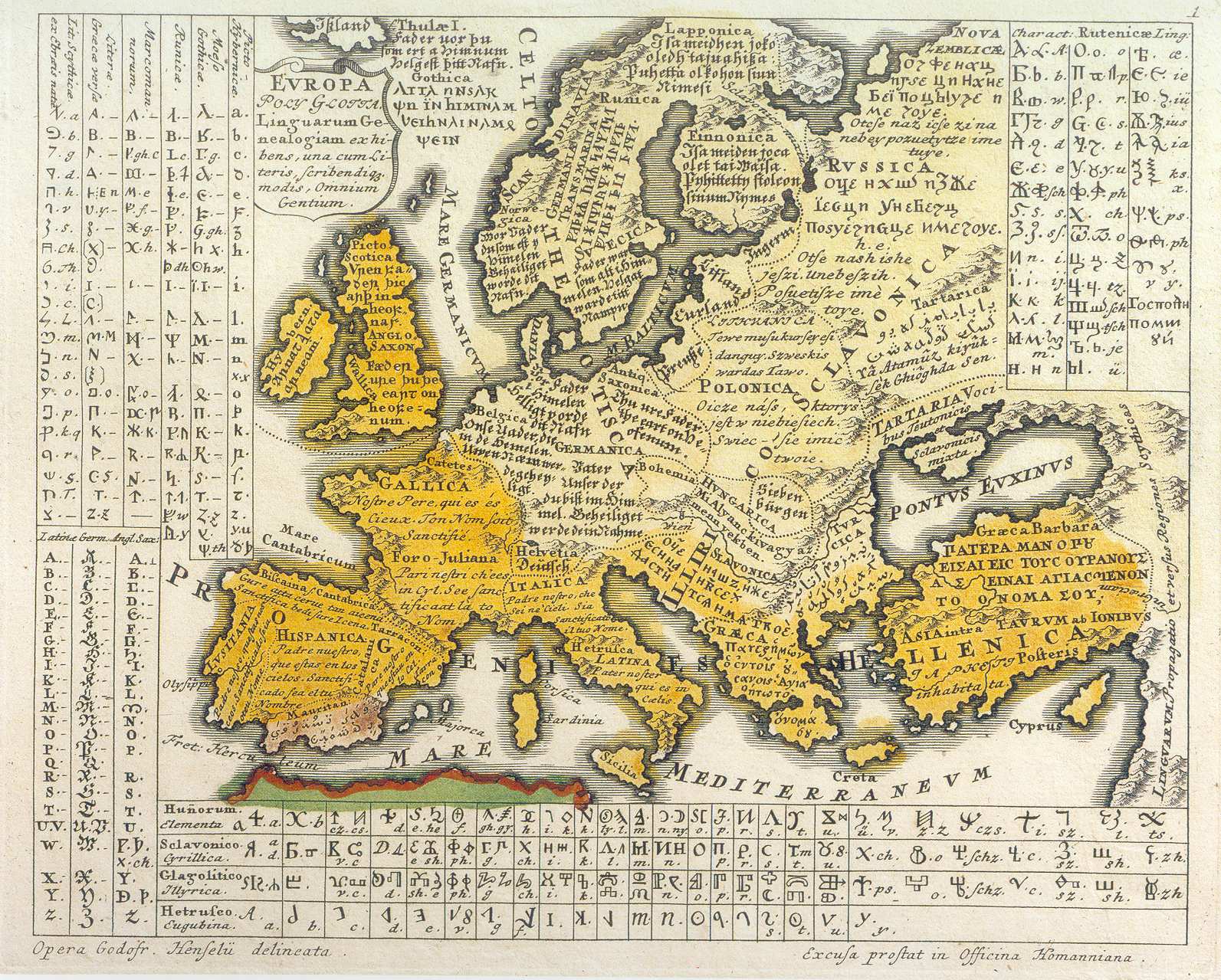
Also from Strange Maps:
Languages of Europe: Praise the Lord and Pass the Dictionary
Other Links:
Urdu controversy is dividing the nation further
National Council for Promotion of Urdu Language
Bengali Language Movement and History


